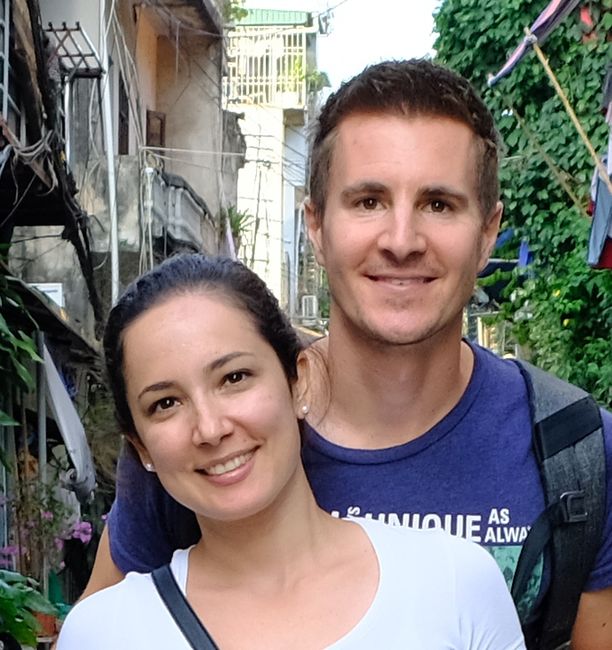Vanuatu & Fiji
Publicat: 10.11.2018
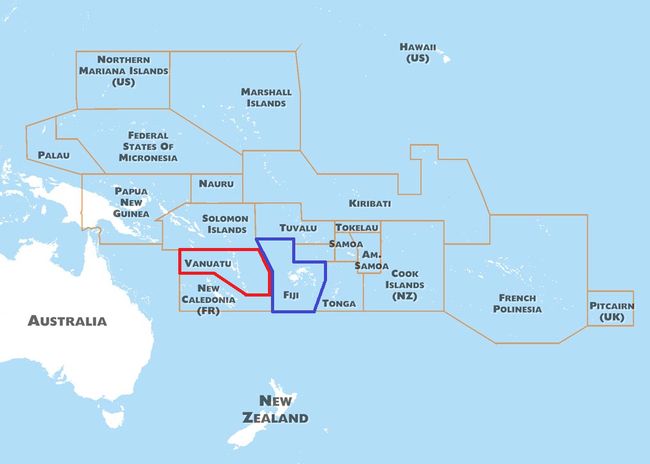
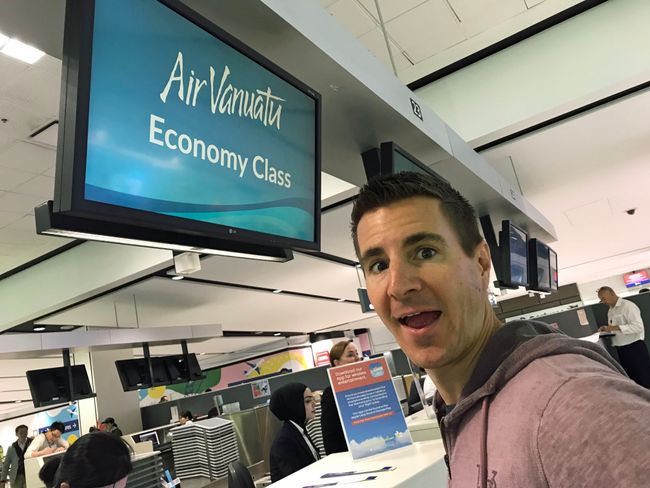
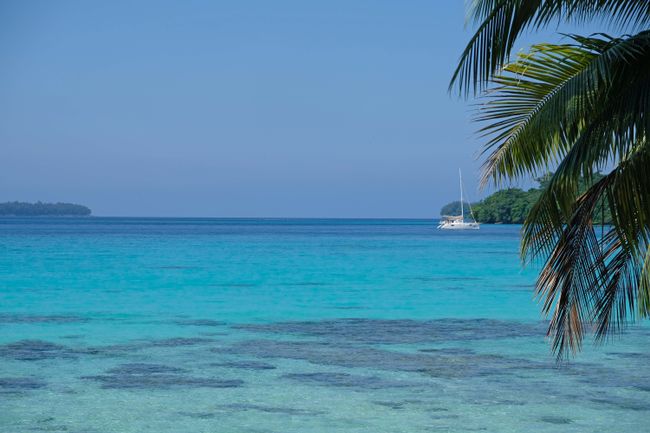
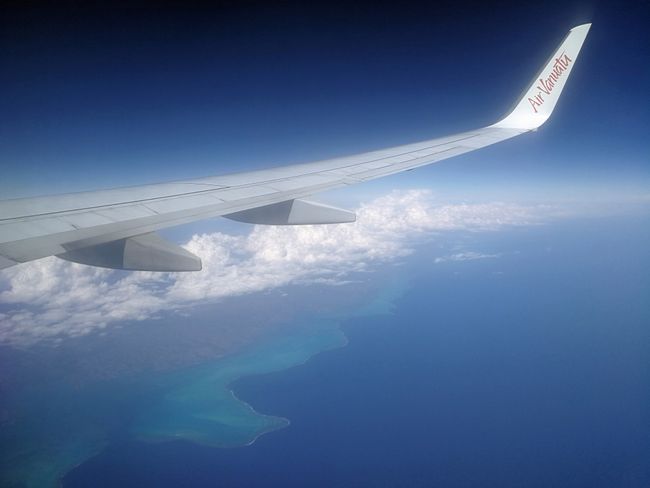
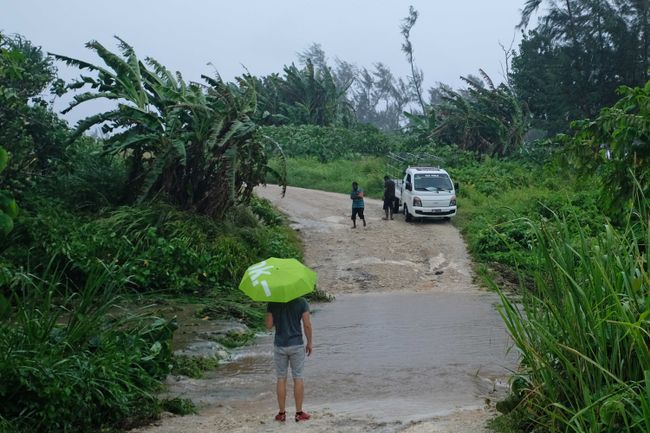
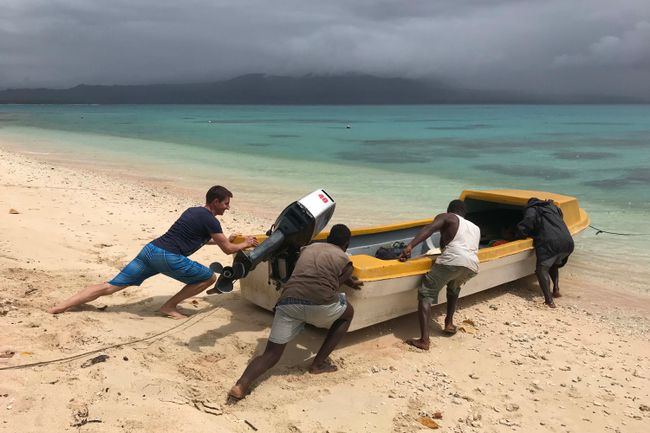
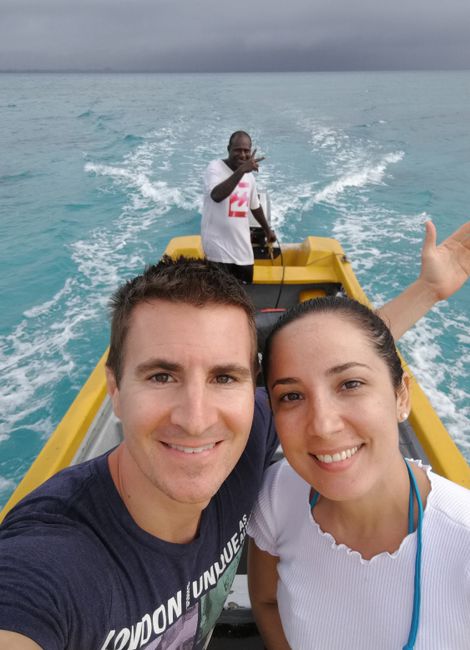
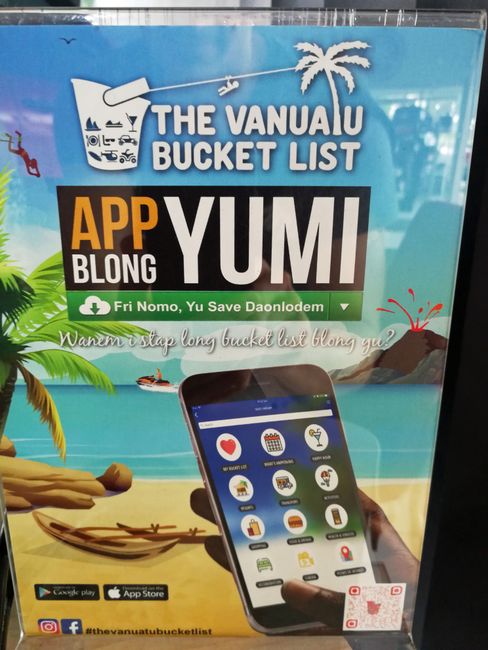
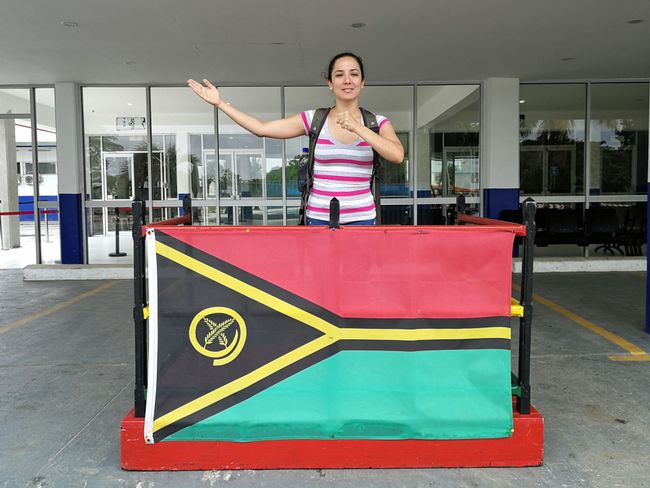
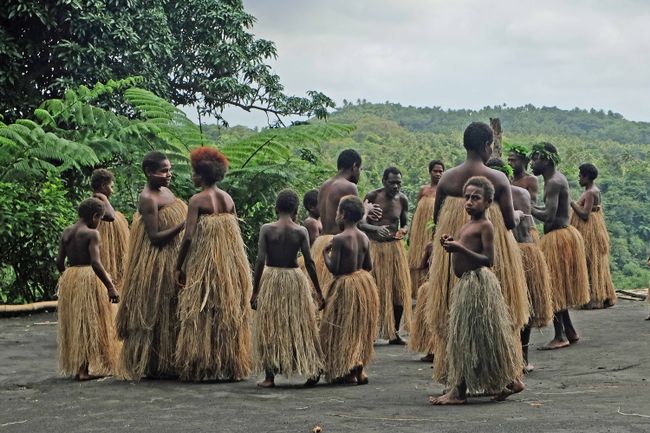
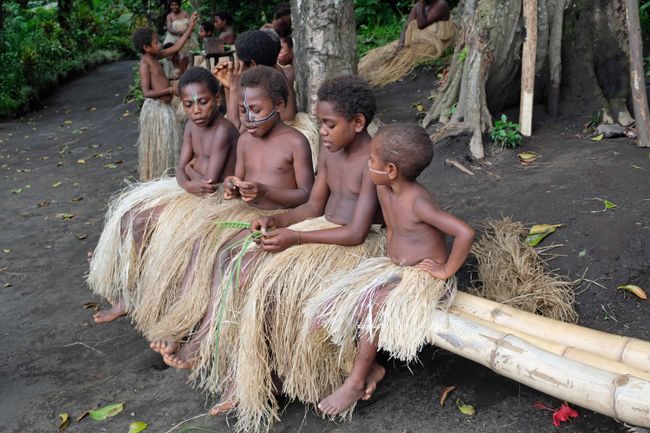
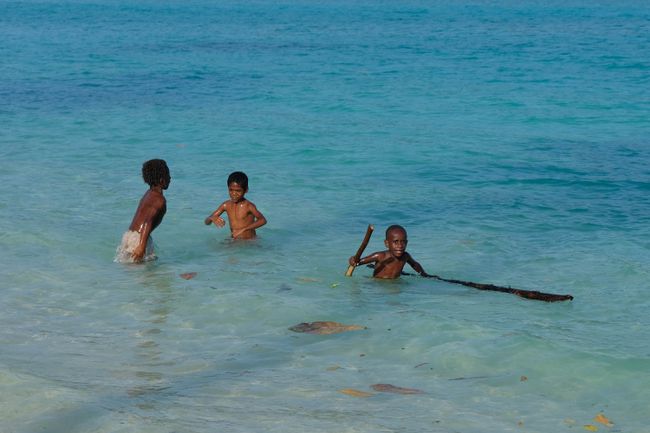
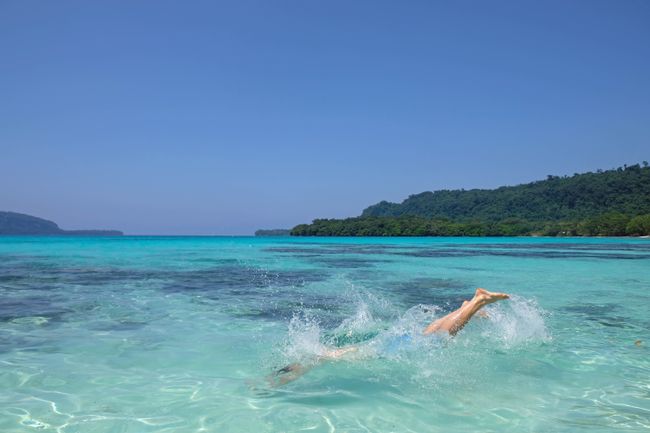
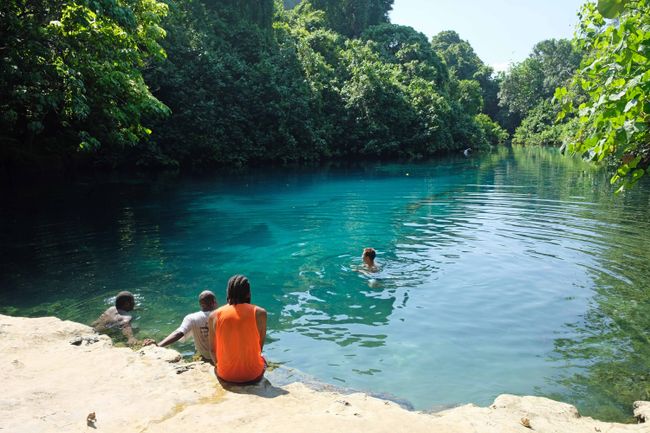
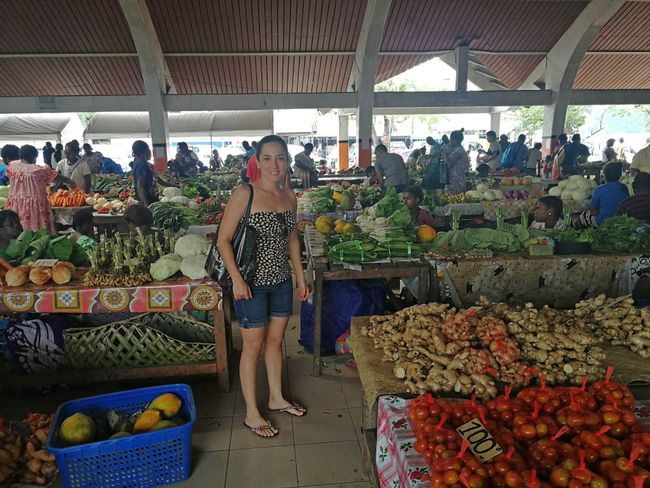
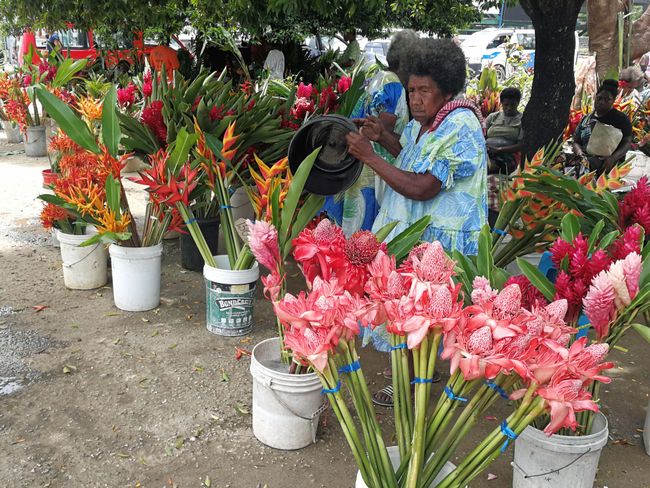
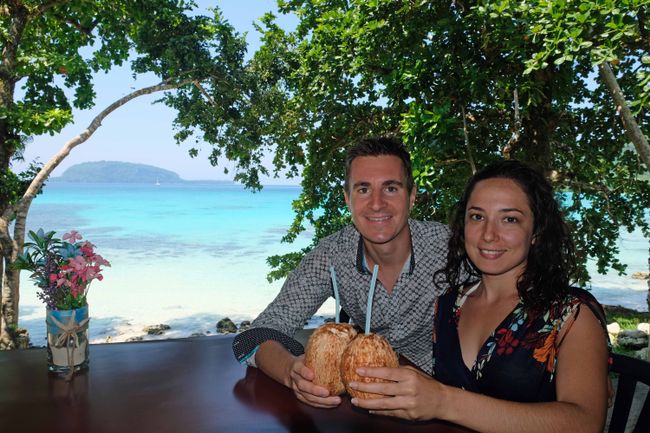
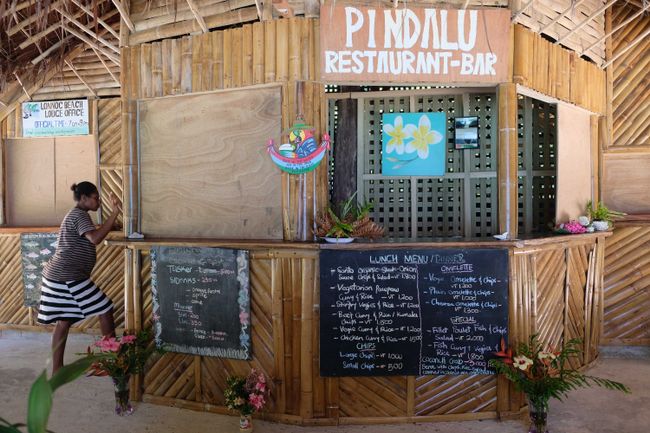
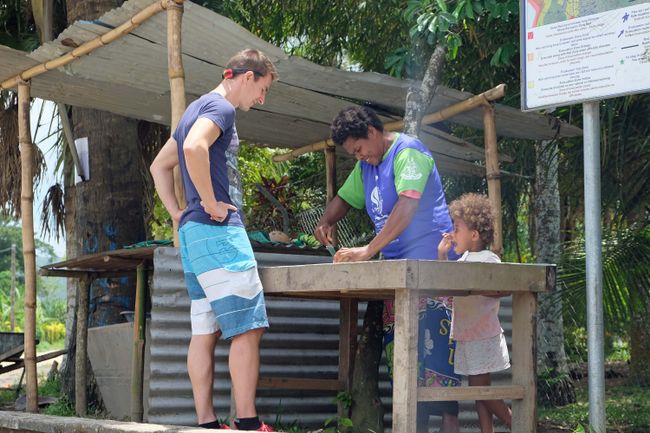
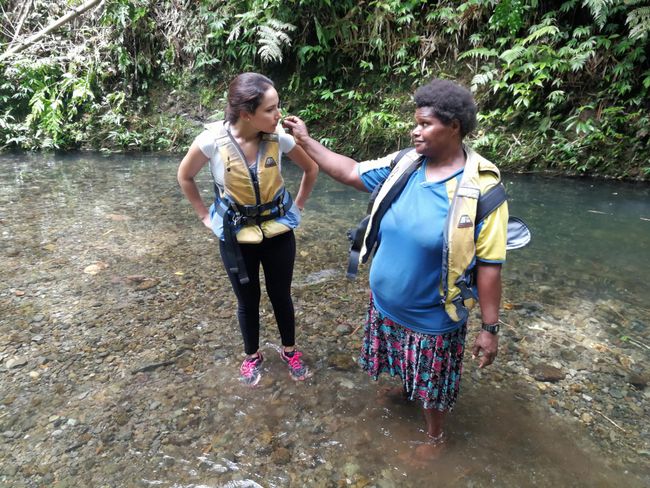
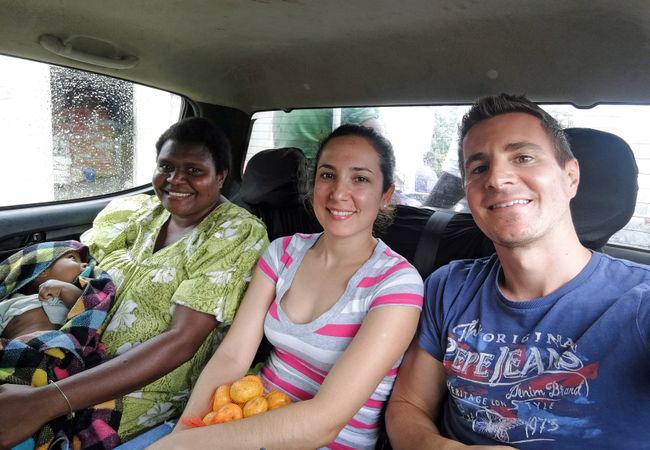
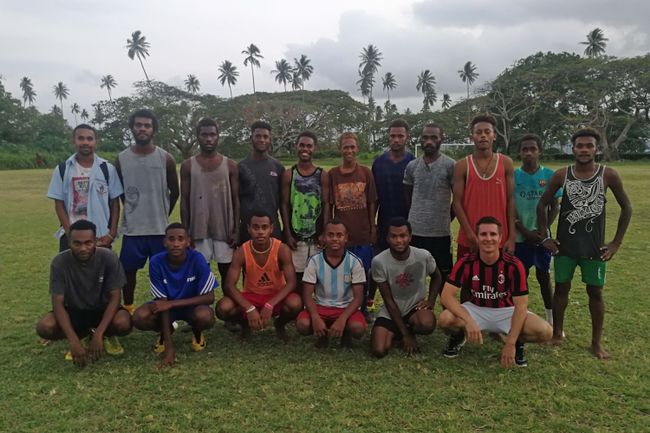
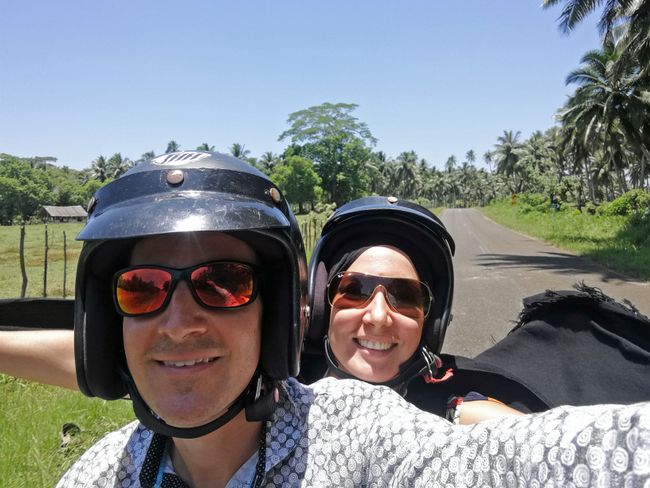
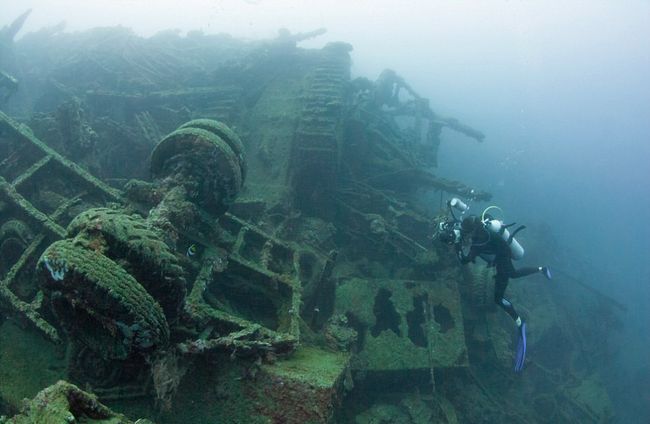
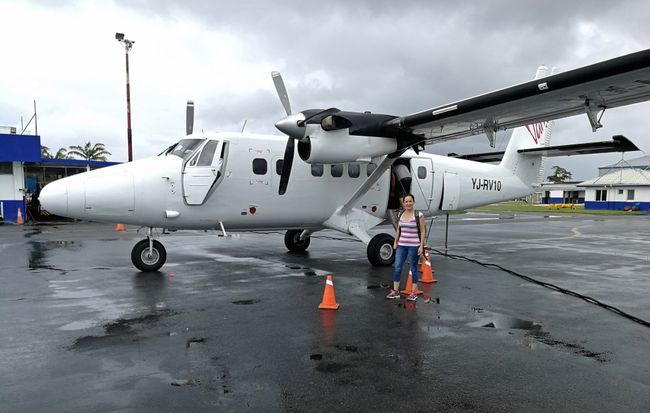
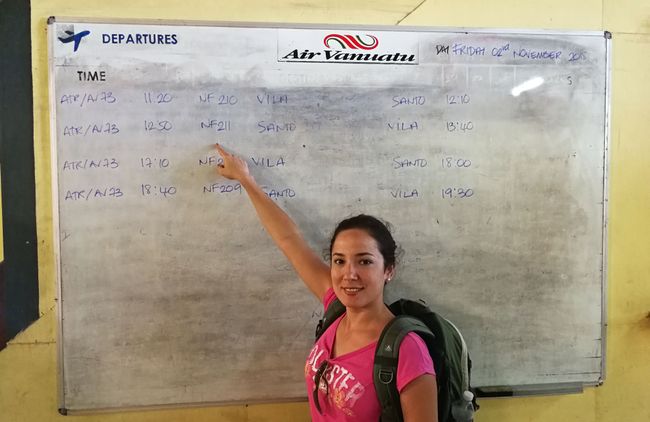
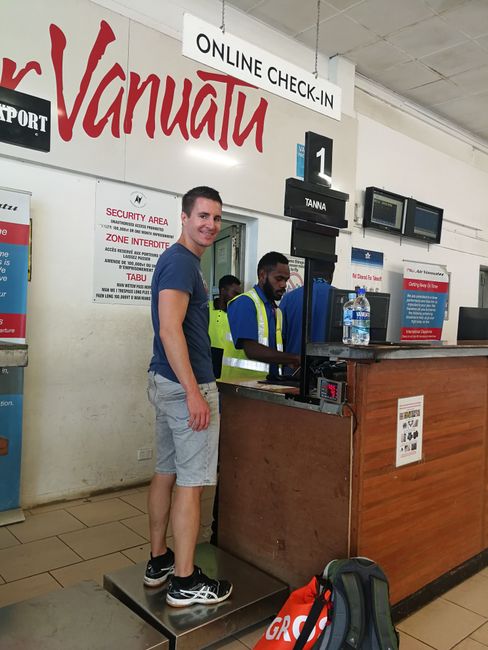
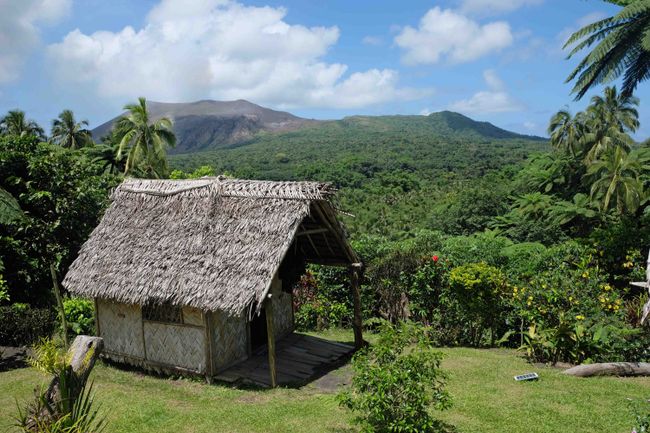
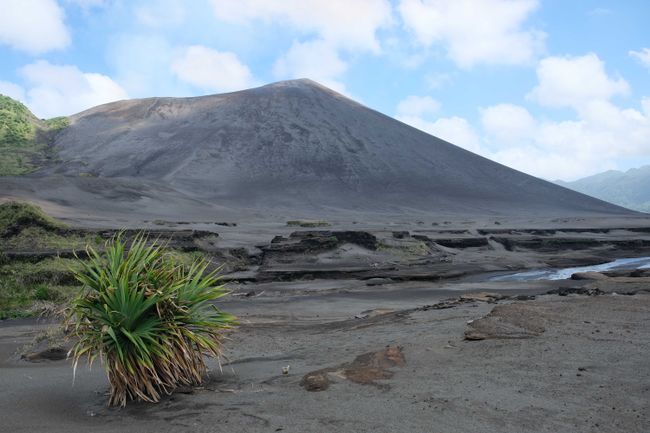
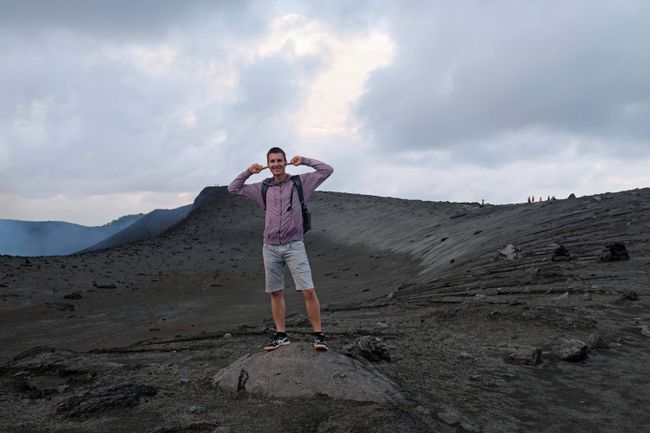
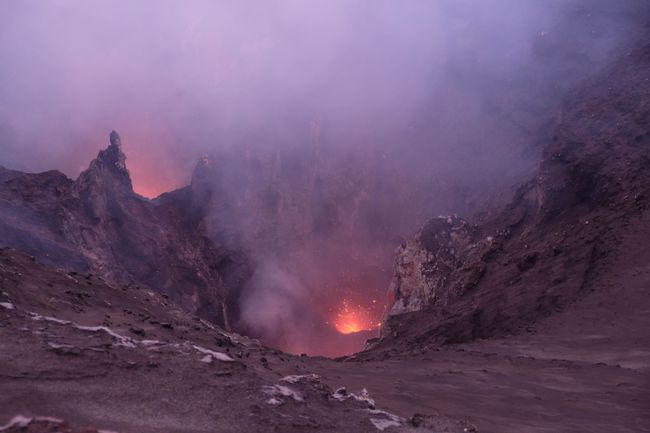
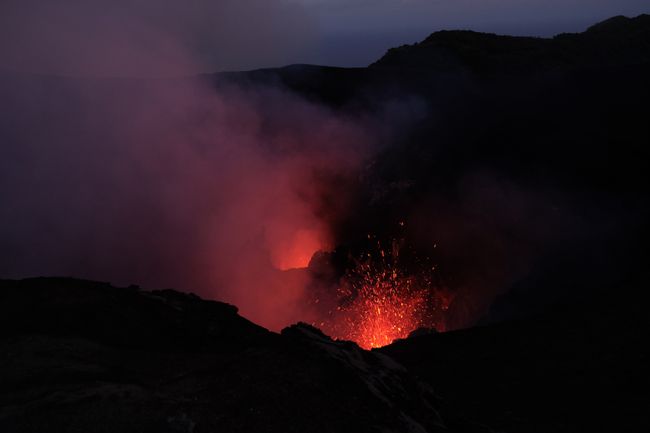
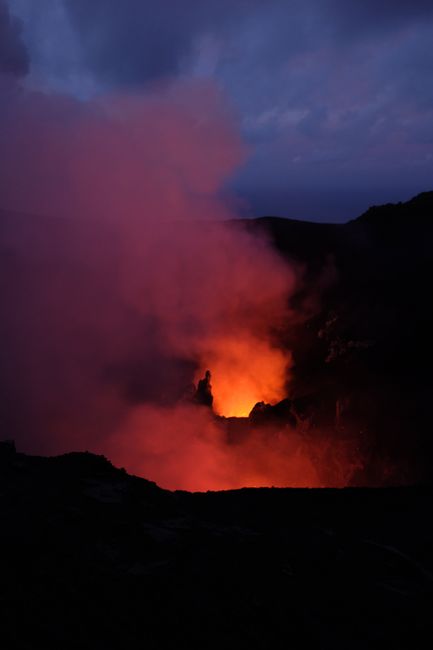
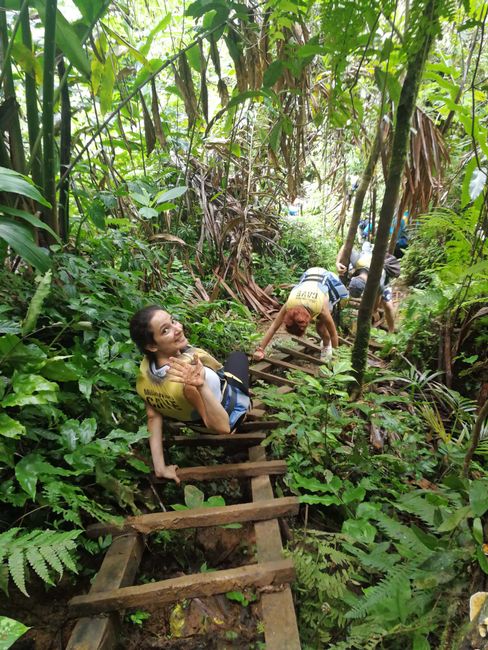
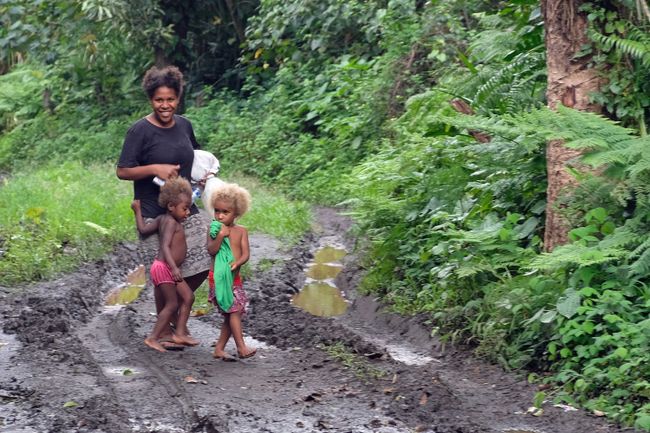
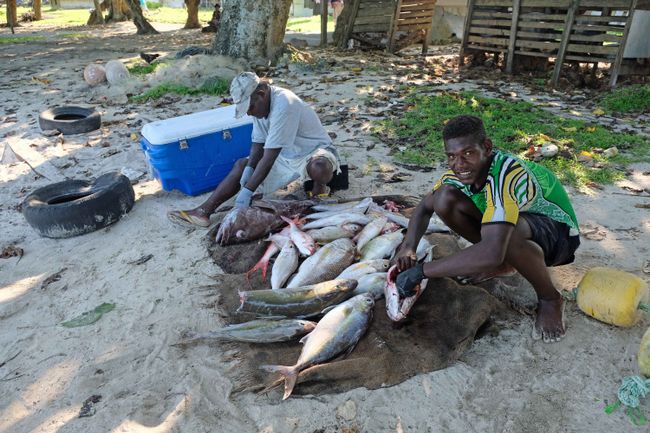
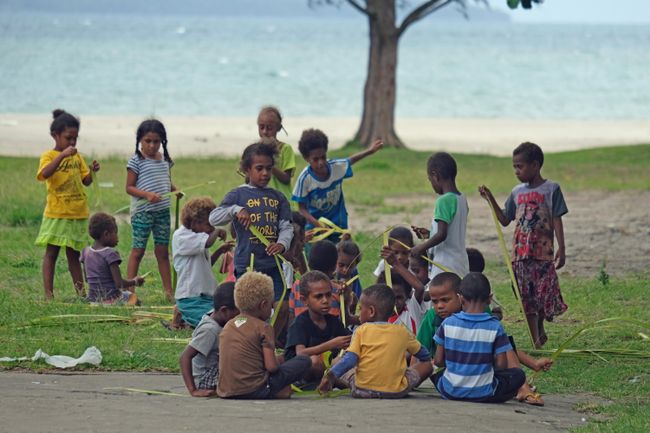
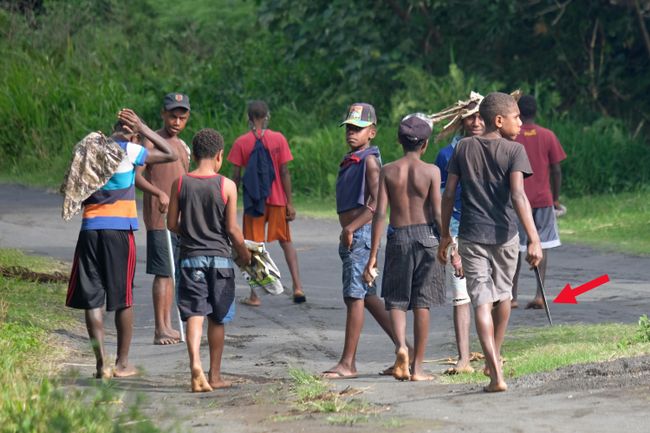
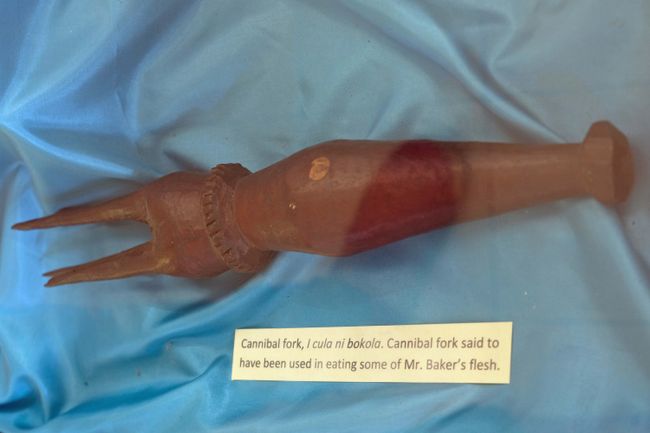
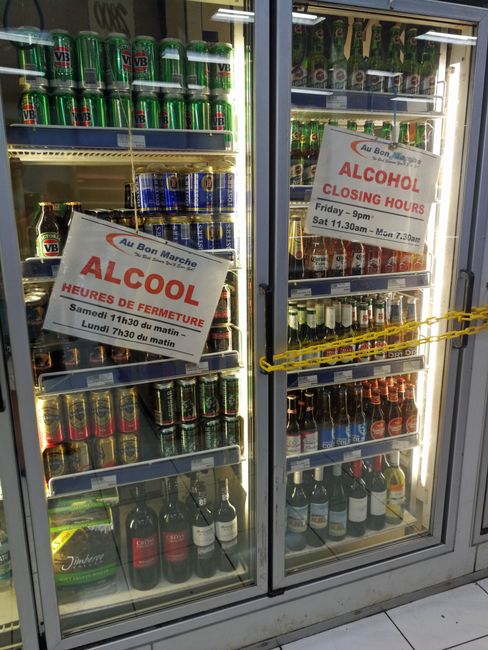
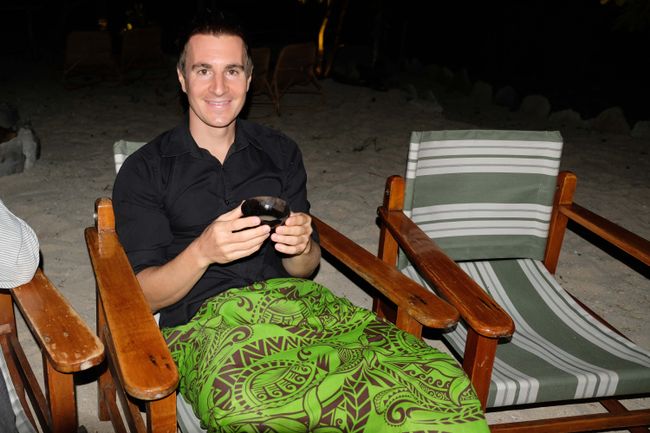
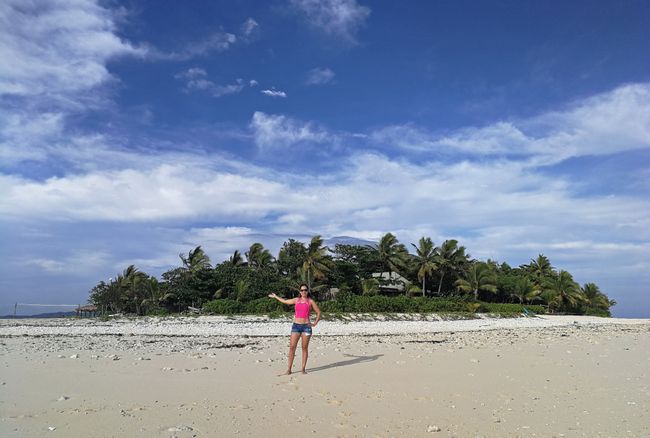
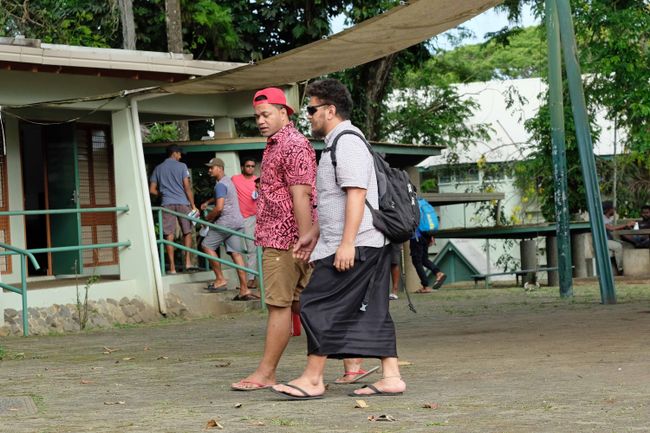
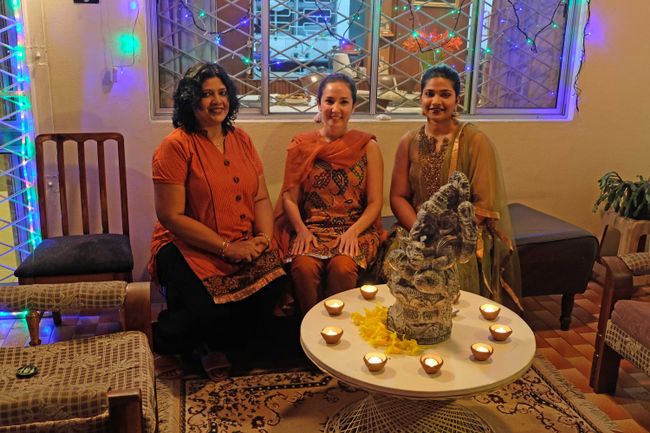
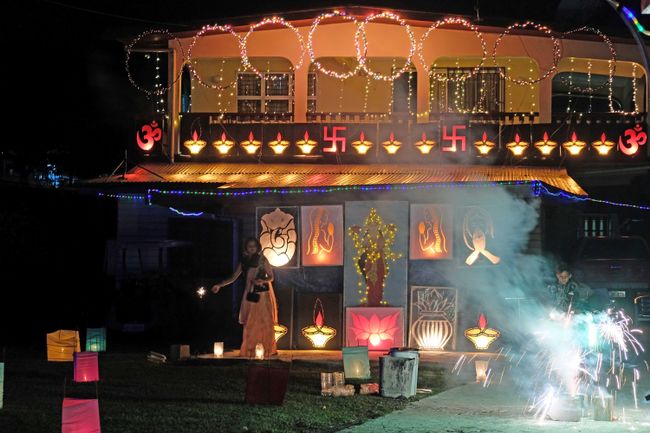
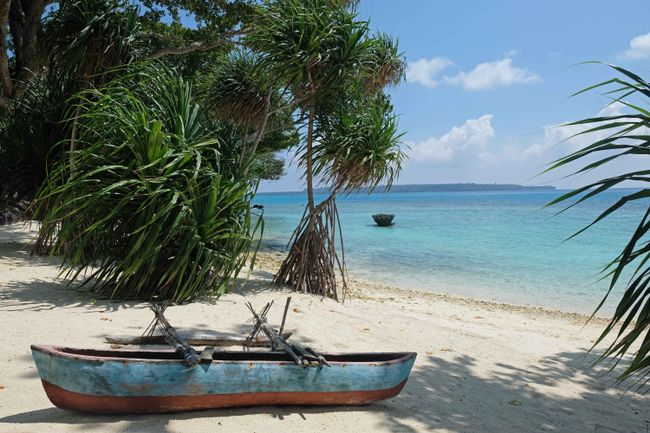
Aboneaza-te la Newsletter
When we were still in Switzerland and mentioned that we were going to Vanuatu, the reactions often went in the same direction: 'Vanu... what?' and above all: 'Vanu... where?!'. So, in short: Vanuatu is a country. Yes, a real country. So independent, with its own government, its own national flag, its own national anthem, and so on. It is located northeast of Australia, consists of 83 islands (about one third the size of Switzerland) and has a population of 270,000. Unlike many South Pacific neighboring countries, the locals are not Polynesians, but Melanesians. The difference is immediately noticeable externally, because they do not look Asian, but African: their skin is pitch black and their hair is highly curly. In addition, two things do not fit visually: first, some Melanesians are naturally blond (!), second, Melanesian women almost look like men. This is mainly because some of them have a mustache, which could also be a man's beard :-)
That's enough about what, where, and who. The question of why remains, how one comes up with the idea to travel to Vanuatu. Very simple: Marco read that the friendliest and happiest people in the world live there. That alone did not convince Yumi, but when she learns that the national anthem of Vanuatu is called 'Yumi, Yumi, Yumi', she is also enthusiastic about the country. So we arrive in Vanuatu full of anticipation... and actually: everyone here is really friendly and happy! The locals are constantly smiling, they all seem very relaxed, they are always moving slowly and prefer to listen to reggae music. And it gets even better: in Vanuatu, everyone is very helpful, super honest, never tries to rip us off, and even writes down the prices - even at the fruit and vegetable market. And as if that wasn't enough, the country looks very clean and you don't see any garbage lying around, even though Vanuatu is a very poor country. Resources are very scarce here, and as a result, the environment has been well taken care of for generations.
Although English and French are sufficient for getting by (Vanuatu used to be a British and French colony at the same time), the locals mainly speak the third official language called 'Bislama'. We quickly learn that 'Yumi' means 'we', 'us', or - as in the national anthem - 'together' in Bislama, depending on the context. Because 'Yumi' is derived from 'You-Me', which means 'You-I' or 'we together'. For once, Yumi has no difficulties explaining her name, on the contrary: the locals often react with delight and sometimes spontaneously sing the Yumi-Yumi-Yumi song when greeting each other.
The first Westerners who set foot on this group of islands around 200 years ago were greeted in a very different way. The first Christian missionary in Vanuatu, Reverend John Williams from London, was immediately killed, put into an earth oven, and then eaten by the locals upon his arrival in 1839. Mr. Williams must have tasted very good, because today more than 80% of the people in Vanuatu are practicing Christians who go to church every Sunday. Whether it is for praying or for eating, we don't know exactly :-) The fact is that on certain islands, cannibal tribes lived until 1969 and the consumption of human flesh was a common occurrence. After a few days, we realize that in Vanuatu it is actually not so easy to eat properly... especially if you want to eat out. This has two reasons: firstly, many food items have to be imported at high costs, secondly, although the people in Vanuatu are good at many things, cooking is definitely not one of their strengths. Instead of paying 20-30 Swiss Francs for a sad plate of pasta or unsalted fish from the day before, we prefer to rent an accommodation with a kitchen and cook ourselves a risotto with local ingredients - of course vegetarian :-)
Our Vanuatu trip starts in the capital Port-Vila. It is more like a village where everyone knows each other and strangers greet each other on the street at every opportunity. We are not only greeted with happiness, but also with a lot of moisture, because it is raining continuously. 'Not so bad,' says Marco optimistically to Yumi, 'the weather can change quickly on an island.' So we reserve a cheap rental car for the next day to explore the rest of the main island. A few hours later, the weather does indeed change and we experience heavy storms and torrential rain. We are slightly concerned because we read that 3 years ago a cyclone destroyed 90% of the houses in Port-Vila. Fortunately, it doesn't come to that this time and the rainstorm turns back into normal continuous rain. So we set off as planned with our small Dacia Sandero (75 PS) and hope for better weather. After 3 kilometers, we encounter a roadblock with a sign that says 'closed due to flooding'. This is problematic because there is only one road on the whole island, namely the one that goes around the entire island. Next to the barrier, there is an arrow pointing to the right and the word 'detour'. 'Detour?!' Yumi wonders, 'I thought there was only one road here.' After a few meters on the detour, we understand why, apart from our small car, you could only rent expensive off-roaders and pickup trucks: there really is only one road! Anyone off the road ends up on gravel tracks full of potholes. And due to the rain, these tracks are regularly flooded by streams that overflow knee-deep. With the moral support of the interested locals, we master the detour in first gear with flying colors, don't get stuck anywhere, and arrive a while later back on the main road with relief. However, the day is still long. Very long. We encounter a total of 10 such roadblocks and detours! So the journey becomes more and more the purpose of our trip and at the end of the day we arrive exhausted at the 'dream beach' 30 kilometers away... where it is still raining.
On the fifth consecutive day of rain, we have had enough and fly south to another island, and lo and behold: the weather is friendlier, or rather, the sky is cloudy for a different reason. Because on this island stands the 'Mount Yasur', an active volcano that constantly spews ash, sulfur, and steam into the sky and obscures the sun. No matter, the main thing is that we can climb the volcano and look into the interior from the edge of the crater. There, we not only observe how it boils, smokes, and hisses, but we also look directly into two open, glowing lava pools. Every 2-3 minutes, there are thundering eruptions, with streams of lava and rocks shooting up into the sky - a huge spectacle! It is the only active volcano in the world that is so accessible. This is due to two reasons: firstly, it mostly simmers at a low level (like a risotto) and secondly, it is very consistently active (like Marco stirring risotto).
Another highlight on the volcano island are the encounters with the locals, who live there in bamboo huts in the middle of the jungle and make a living from agriculture - just like 80% of the people in Vanuatu. They are organized as small autonomous communities and are each led by a (always male) 'Chief'. His word is law, even senior politicians have to do what the Chiefs tell them when they visit the village. We don't stay with a Chief, but with the ex-farmers and neo-hosts Morris and Susi, where their 6 children as well as their chickens, dogs, lizards, cockroaches, and rats also live. Since we have to take enough food and drink with us for our entire stay in the jungle, one of our biggest challenges is to protect these supplies from hungry creatures. Especially rats chew through anything containing food after dark. So we stretch a thin string in front of our hut and hang the food out of reach in an airtight and waterproof Migros swim bag. However, the people who permanently live here face much greater challenges. For example, we learn that 90% of adults live in arranged marriages and 50% of parents cannot afford to send their children to school (670 Swiss Francs per child per year). Accordingly, we see many children walking back and forth between their parents' plantations with a machete in hand to help with the harvest.
To conclude our Vanuatu trip, we set out in search of untouched white sandy beaches, turquoise lagoons, and glowing 'blue holes' on the largest island in the country. We find them and enjoy this idyll together with a few locals in glorious sunshine. There is also only one road on this island, built by the US Americans during World War II. After the Japanese destroyed the important US base Pearl Harbor in Hawaii in 1941 and could practically advance into the South Pacific unhindered, the Americans established a new base in Vanuatu to launch counterattacks. When the Americans won the war in 1945, they offered a large part of their equipment (especially vehicles, construction machinery, gasoline, and provisions) to the British-French colonial power at a bargain price, as it would have been too expensive to transport it back to the USA. However, since the British and French speculated that they would get everything for free anyway as soon as the US troops leave the island without this material, they rejected the offer. Then something unbelievable happened: the Americans demonstratively sank their entire equipment in front of the eyes of the colonial powers and the locals in the sea. It was 9 million tons worth 4 million US dollars - 90% of it non-military material, which could have been useful to the local population. The disposal process took 1.5 years (!) and contaminated the area for decades. Today, this place in the sea is known as 'Million Dollar Point' and is a popular destination for recreational divers. Marco doesn't miss out on this spectacle and is amazed when he discovers Jeeps and Coca-Cola crates from the 1940s underwater.
After more than two weeks in unknown Vanuatu, we continued to the world-famous Fiji. Here, the women look like women again... but the men also do as they walk around in skirts (called 'Sulu') and often with flowers in their hair. There are dream beaches here just like in Vanuatu, but in Fiji they are mainly in combination with luxury resorts, wealthy retirees, and newlywed couples. After two days in a paradise resort, we continue to Suva. It is the capital of Fiji and at the same time the largest city in the entire South Pacific. We immediately notice the many mixed-race people whose origins we cannot assign from their appearance. And if we can, then we come up with extremely strange combinations (Marco: 'Half Italian and half Chinese?', Yumi: 'Rather half Indian and half Japanese'). There is a good reason for this: originally, black Melanesians lived in Fiji just like in Vanuatu. However, because Fiji had the luck or misfortune in the 19th century to be chosen by the British as a production and trading center in the South Pacific, there soon was a shortage of labor. Additionally, due to the imported European diseases, 50% of the indigenous people in Fiji died within a few years (in Vanuatu it was even 90%). In times of need, the British therefore imported thousands of workers from their other colonies at that time - for example, 60,000 people came from India alone. Knowing that during our stay in Suva, the Indian festival of lights 'Diwali' will be celebrated and everyone in Fiji will have a day off, we book our Airbnb accommodation with an Indian family in the center of Suva. And although the father, mother, and daughter are all citizens of Fiji, we feel like family members for 3 days in 'Little India', where we are treated with curry and Indian sweets and chauffeured around the Indian quarters of Suva, where string lights, candles, and fireworks illuminate the night sky.
After more than 3 weeks in the South Pacific, we will now continue to Colombia by crossing the date line and spend a month experiencing something like routine in Cartagena on the Caribbean coast. So, we will 'nest' for a while and will be back with news from Cuba during the Christmas season, where we will visit Yumi's family.Aboneaza-te la Newsletter
Răspuns
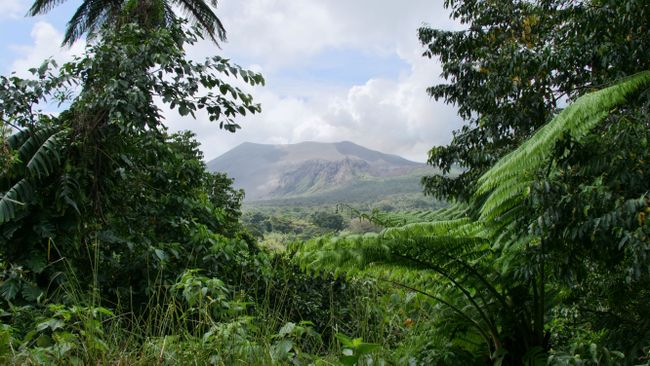
Rapoarte de călătorie Vanuatu

